Choosing the perfect shapewear is often likened to finding that perfect pair of jeans. It has to look great, but comfort remains a key criterion. This article provides comprehensive insights into different fabrics used in shapewear and how they affect the wearability and effectiveness of these body-shaping garments. Moreover, the significance of varying fabric types extends beyond mere aesthetics; they can also impact how bodysuits feel against the skin and how well they perform their shaping function. Understanding these nuances is crucial, as the wrong fabric choice can turn a potentially excellent piece into an uncomfortable experience. With the plethora of options in the market, an informed decision necessitates a deep dive into fabric types, their characteristics, and their suitability for different body types and needs.

Know the Goal
The first step in choosing the right bodysuit involves identifying the specific body-shaping needs or goals. Whether the aim is to accentuate the waist, smooth out the silhouette, or offer support in particular areas, knowing the objective will facilitate a more targeted search. Each type of shapewear is designed to serve a specific purpose and is made from fabrics best suited for that role. So, understanding what exactly is expected from the garment aids in selecting the right fabric, ensuring comfort and effectiveness.
The Classics
Spandex and nylon are often the first names when discussing shapewear fabrics. These synthetic materials are popular because they are highly elastic, durable, and can form the body almost like a second skin. However, it’s essential to be cautious of the compression levels. Too much tightness can cause discomfort and even lead to health issues. Therefore, even though spandex and nylon are effective for shaping and contouring, choosing a garment that offers the right compression level, ideally one that is neither too loose nor too constricting, is crucial.
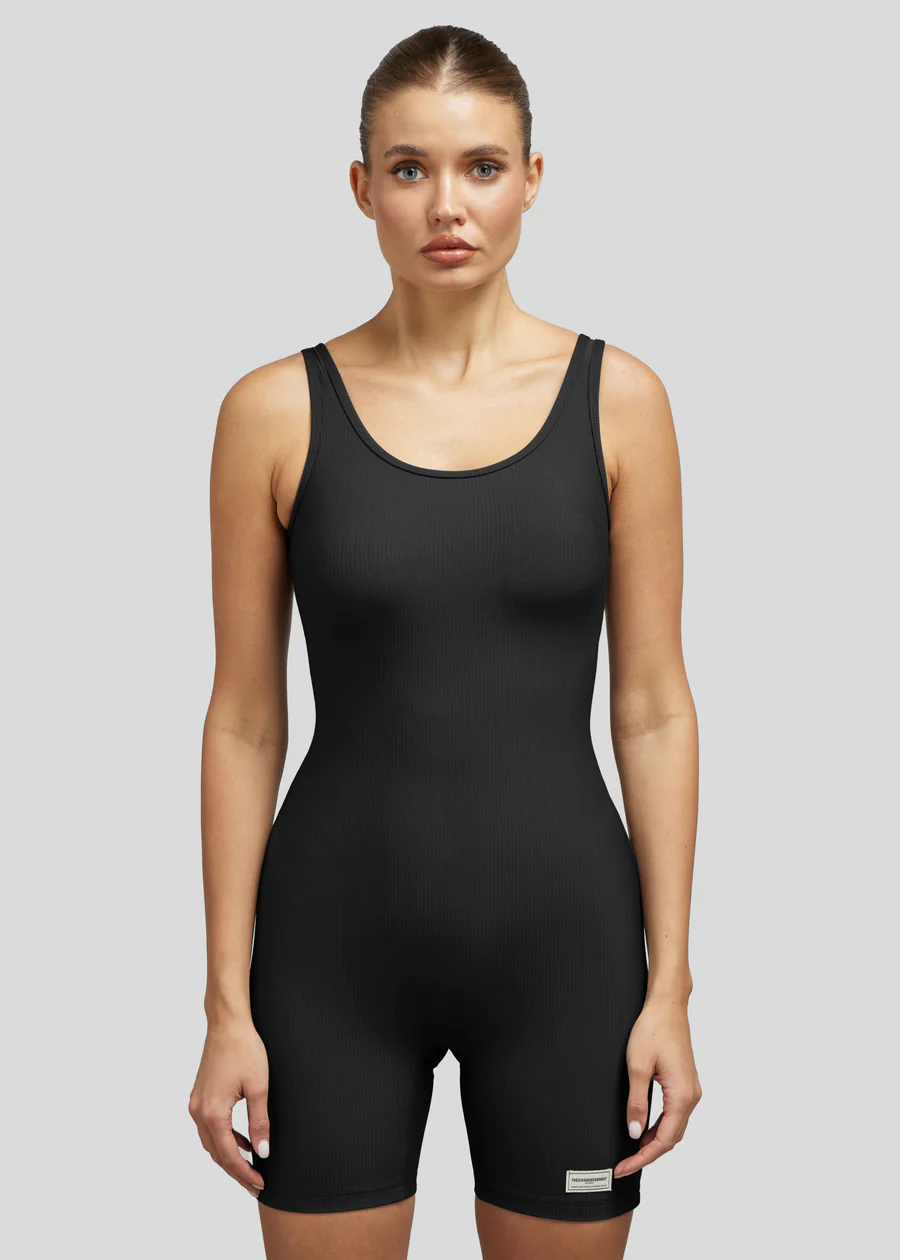
Unitard/Jumpsuit
A unitard or jumpsuit may be the answer for those interested in multi-area shaping. These are one-piece garments in various styles, including full body, full sleeves, and sleeveless. A full-body jumpsuit can offer an all-over shaping effect, essentially serving as a one-stop solution for multiple problem areas. However, the fabric choice becomes more critical when opting for a unitard or jumpsuit. Spandex often appears for its elasticity, but a blend with natural fibers like cotton or eco-friendly fabric is generally recommended for comfort. These blended fabrics usually offer a good balance between shape and comfort.
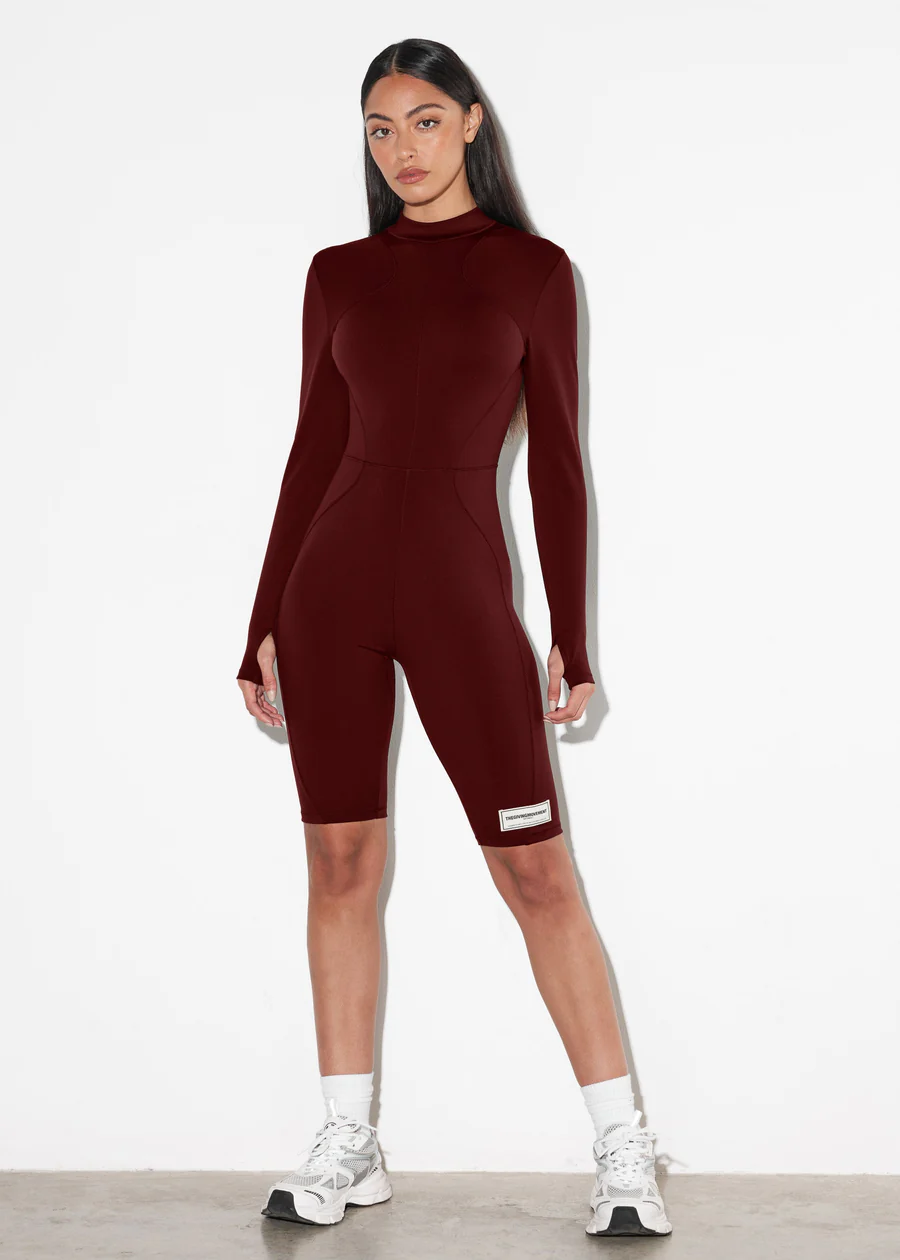
Cooling Fabrics for Hot Moments
Temperature matters in a bodysuit just as it does in sportswear. Cooling fabrics with moisture-wicking properties are gaining popularity, particularly in hotter climates or summer months. Materials like Coolmax or Tactel are engineered to draw moisture away from the body, keeping the skin dry and making the garment much more comfortable for extended periods. When high compression levels are required, opting for a moisture-wicking fabric can significantly affect the overall experience.
Eco-Friendly Fabrics
Environmental consciousness is seeping into the fashion industry, and shapewear is no exception. Fabrics like recycled polyester and spandex are now available for those wishing to make more sustainable choices. These eco-friendly options offer the same elasticity and durability as their non-recycled counterparts but have the added benefit of a lower carbon footprint. Therefore, choosing shapewear made from recycled materials serves a dual purpose: achieving the desired shaping effect while being kinder to the environment.
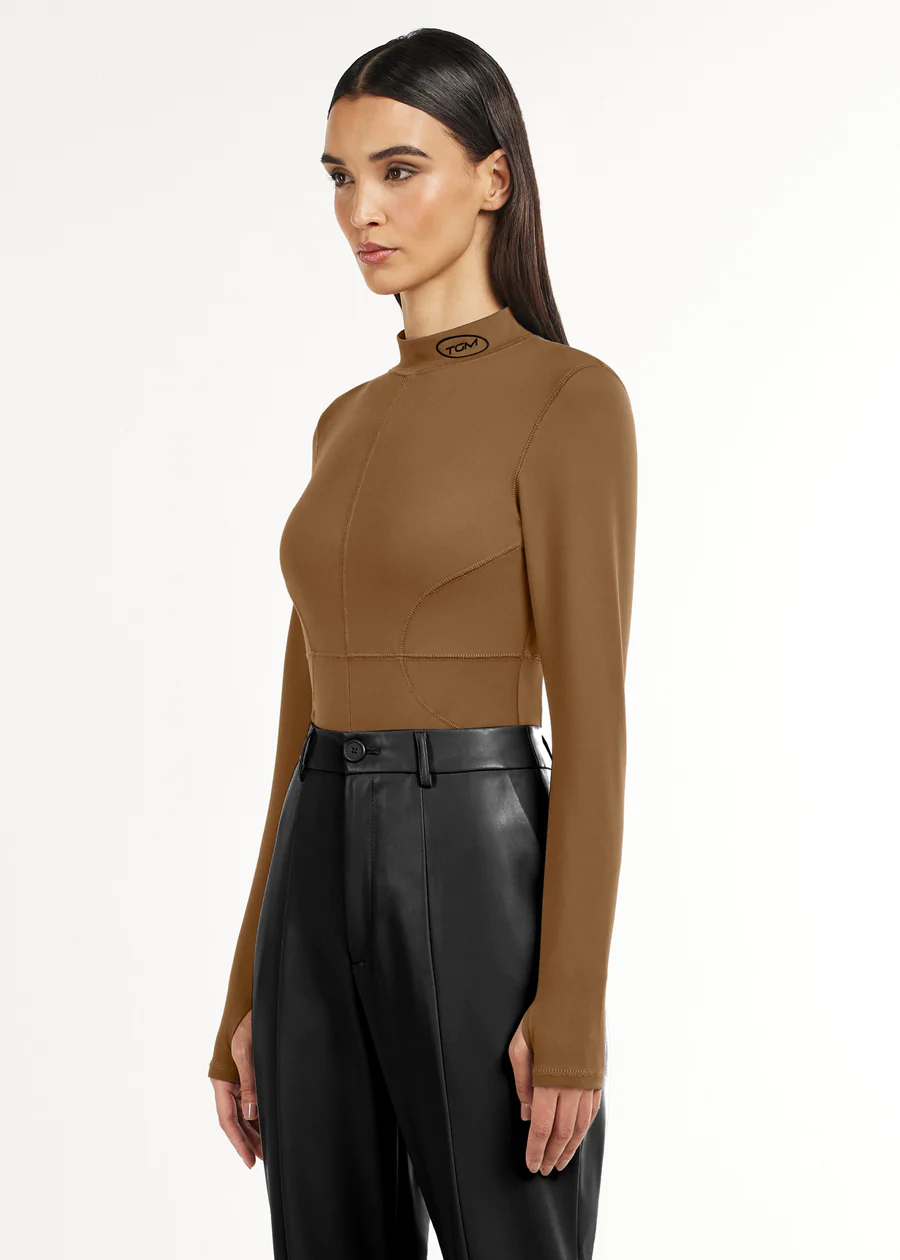
The Rise of Natural Fibers
While synthetic fibers have long dominated the bodysuit market, there’s a growing trend toward using natural fibers such as cotton and bamboo. Known for their softness and breathability, these natural fibers are particularly beneficial for individuals with sensitive skin. They are hypoallergenic and offer excellent moisture-wicking properties but may not provide as much compression as spandex or nylon. Nonetheless, they are suitable for light to medium compression needs and are perfect for more extended wear.
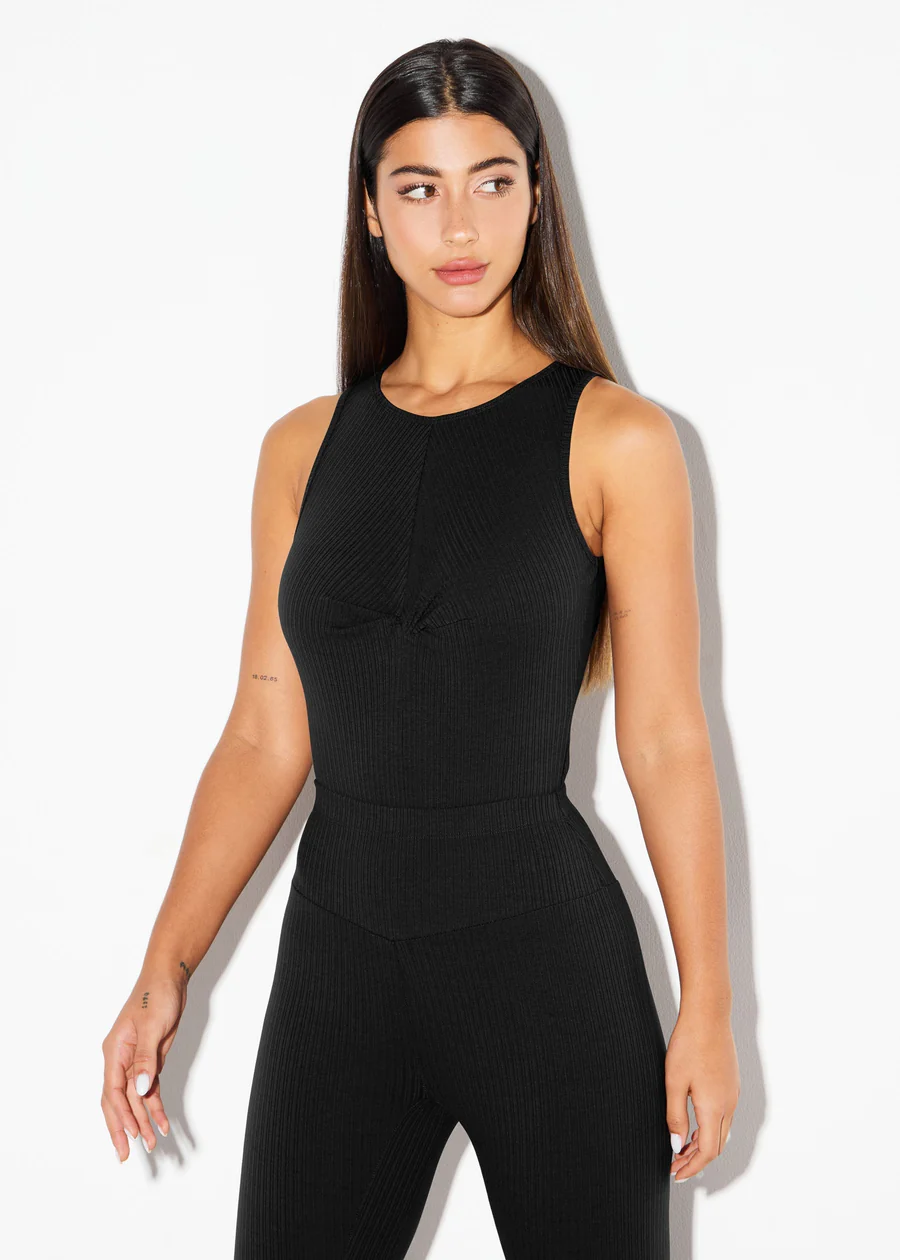
Lace, Zippers, and More
Bodysuits often come embellished with features like lace trims, zippers, or silicone bands to prevent the garment from rolling down. While these add-ons can make the attire aesthetically pleasing and sometimes even more functional, they can also pose challenges. For example, lace may look beautiful but can irritate if the garment is to be worn for an extended period. Zippers, though practical, can dig into the skin or even malfunction. It’s essential to consider these extra features carefully and ensure they do not compromise comfort or functionality.
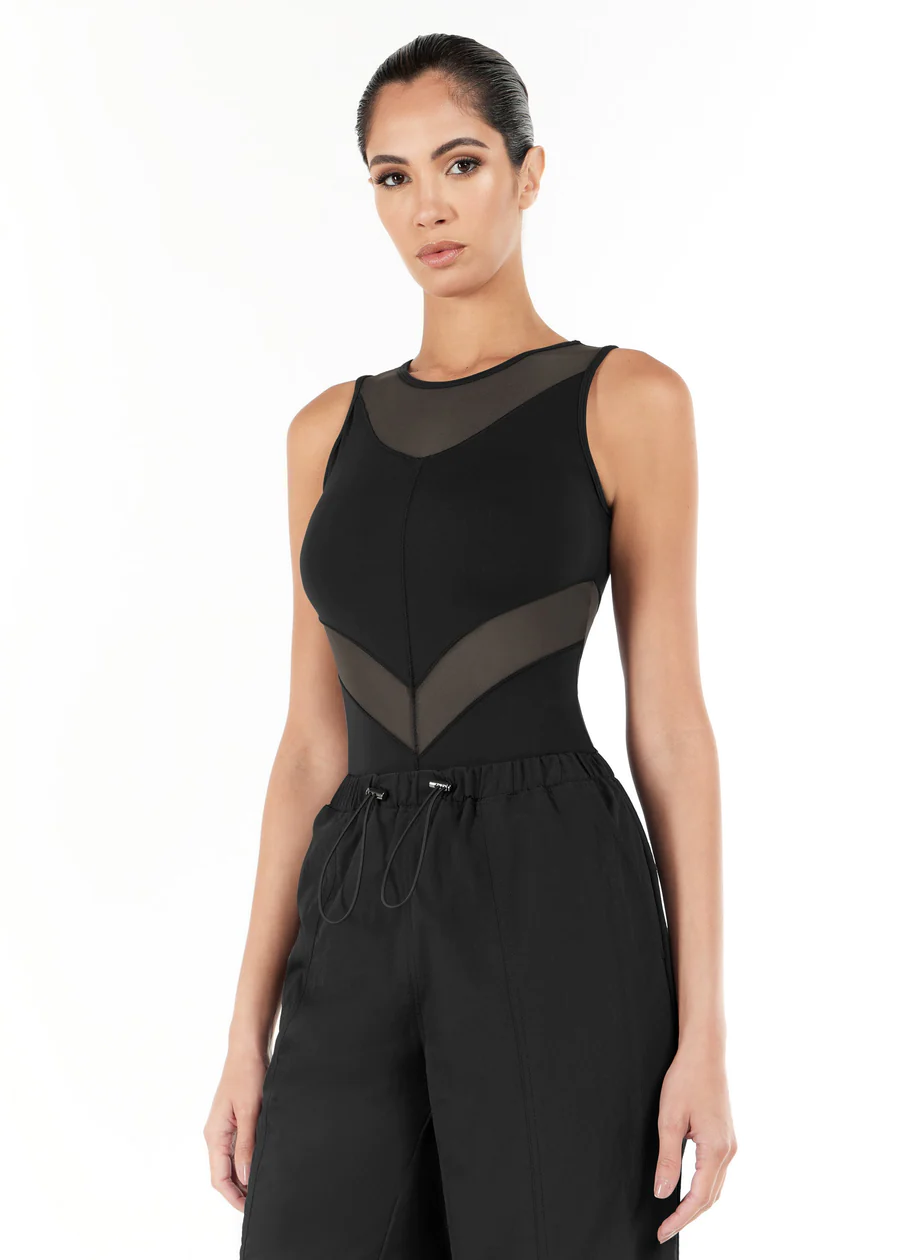
Conclusion
The key takeaway is that fabric choice matters significantly regarding bodysuit & shapewear. Each material has properties that make it more or less suitable for specific shaping needs and comfort levels. Knowledge of these various fabric types and their characteristics can significantly aid in making an informed choice. Ultimately, the goal is to find a balance between comfort and effectiveness, and understanding the role of fabrics in shapewear can provide valuable guidance in this quest. Therefore, consider the goal, fabric types, additional features, and environmental impact when choosing the perfect piece of shapewear. With these factors in mind, making an educated decision becomes much simpler.
Till next time…take care…xoxo.
